Best Timing for Driveway Paver Installation
Understanding the optimal timing for driveway paver installations can enhance durability and appearance. Proper scheduling considers weather conditions, soil stability, and project complexity to ensure a successful process.
Spring offers moderate temperatures and longer daylight hours, making it ideal for paving projects. Avoid early spring when frost may still be present in the ground.
Summer provides warm weather and dry conditions, facilitating quicker curing times. However, extreme heat can affect materials, so early morning or late afternoon work is recommended.
Fall can be suitable due to cooler temperatures and reduced precipitation. It's important to complete paving before the first frost to prevent damage.
Winter is generally not ideal due to cold temperatures, snow, and ice. Paving during this period can lead to poor adhesion and cracking.

Spring paving projects benefit from moderate temperatures and improved ground conditions.

Summer offers warm, dry days suitable for efficient paving work.

Fall allows for paving before winter frost, with cooler temperatures aiding curing.

Winter presents obstacles such as snow and freezing temperatures that hinder proper installation.
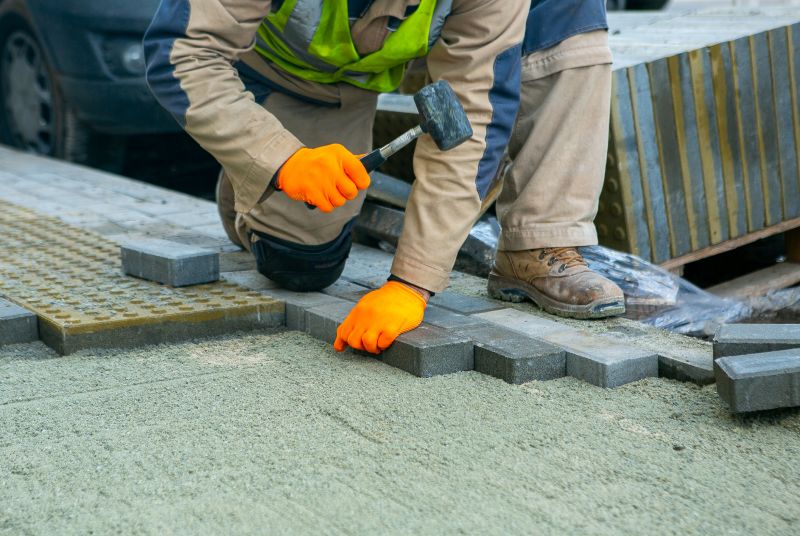
Mild, dry weather with temperatures between 50°F and 85°F is optimal for paving.
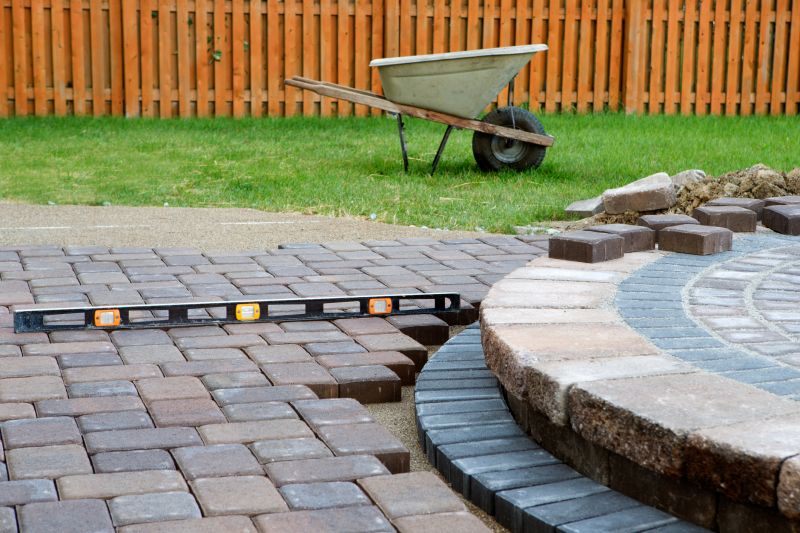
Proper ground preparation and scheduling during suitable weather are key to durable paving.

Adverse weather can cause delays and affect the quality of the paving surface.

Adjusting work hours and materials according to seasonal weather improves results.
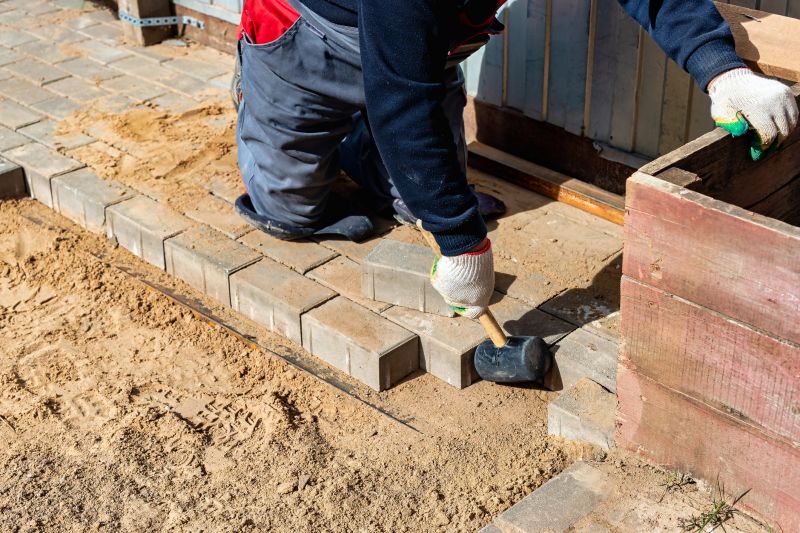
These transitional periods require careful planning to avoid frost-related issues.
| Season | Recommended Conditions |
|---|---|
| Spring | Moderate temperatures, no frost, longer days |
| Summer | Warm, dry weather, avoid extreme heat |
| Fall | Cooler temperatures, before first frost |
| Winter | Cold, snow, and ice make paving unsuitable |
| Optimal | Temperatures between 50°F and 85°F, dry conditions |
Driveway paver installations are best scheduled during periods of stable weather to ensure longevity and aesthetic appeal. Proper timing minimizes delays and reduces the risk of material issues caused by moisture or temperature fluctuations. Planning ahead and monitoring weather forecasts can help identify the most suitable window for construction.
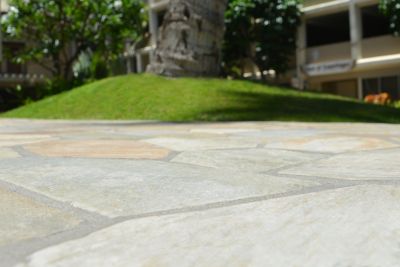
A driveway during spring with optimal weather conditions.
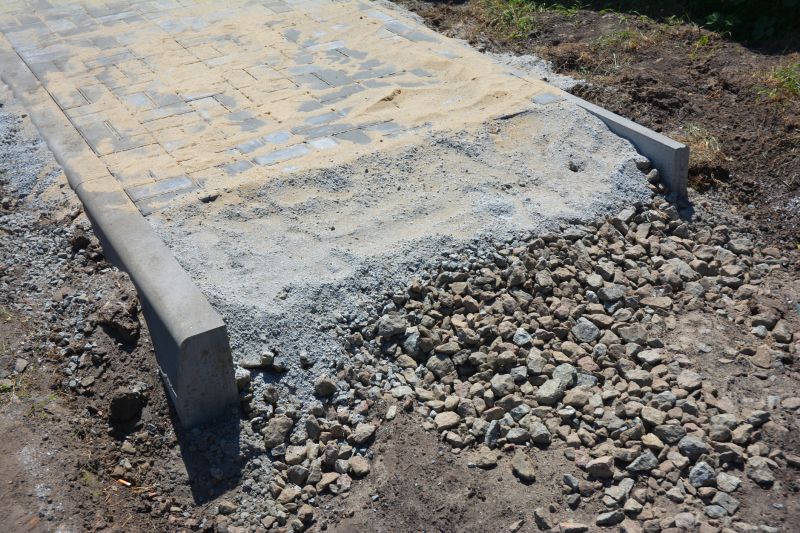
A paved driveway in summer with dry weather.

A driveway being paved during fall's cooler temperatures.

Attempted paving in winter with snow and ice present.
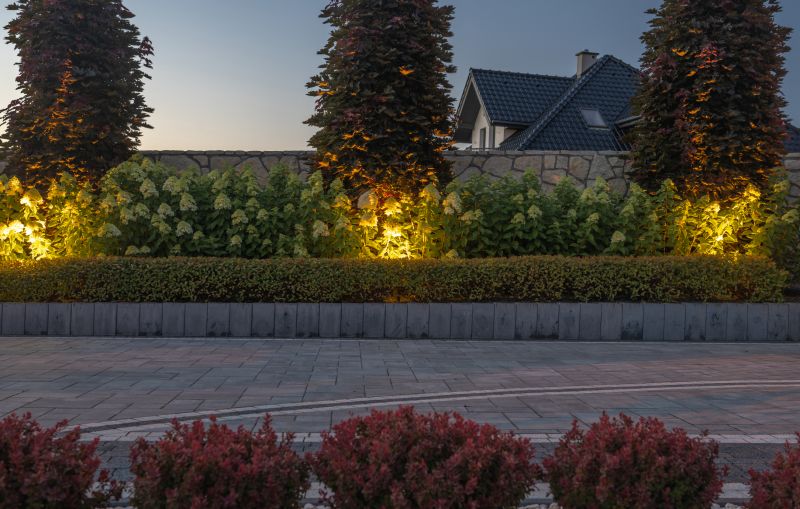
Ways to make Driveway Paver Installations work in tight or awkward layouts.
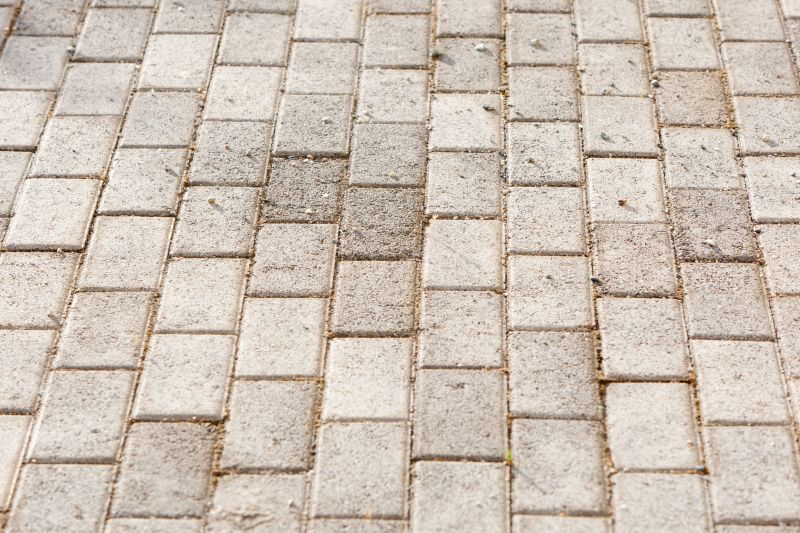
Popular materials for Driveway Paver Installations and why they hold up over time.
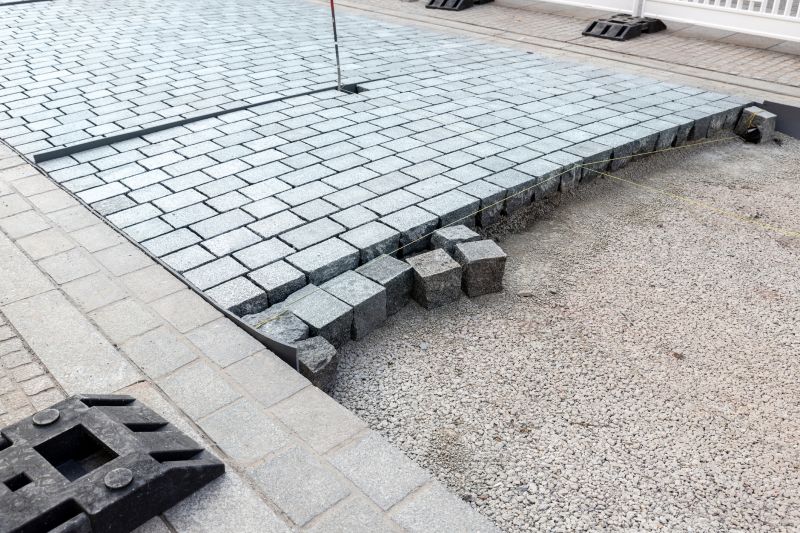
Simple add-ons that improve Driveway Paver Installations without blowing the budget.

High-end options that actually feel worth it for Driveway Paver Installations.
Scheduling driveway paver installations during the appropriate season can help achieve durable, visually appealing results. Consulting with paving professionals about weather conditions and project timing ensures optimal outcomes. If interested in driveway paver installations, contact for detailed planning and scheduling assistance.



